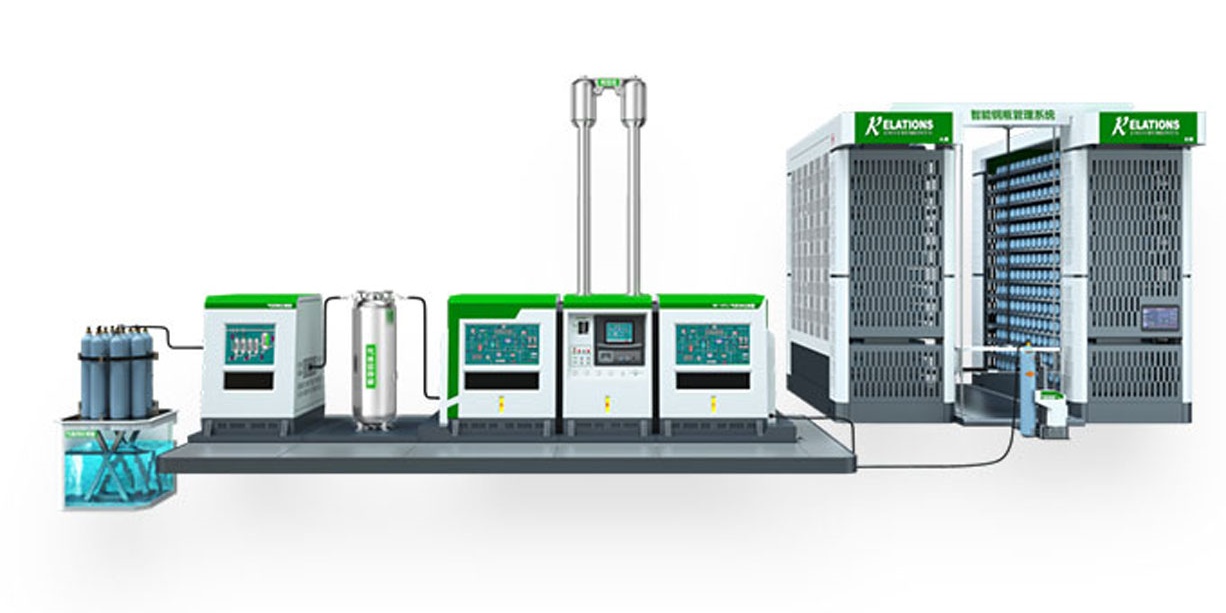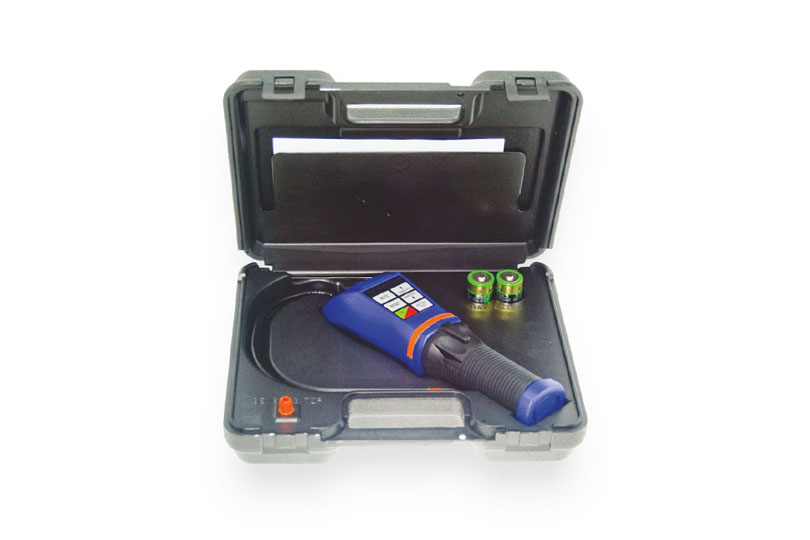SF6 Purification Treatment System: A Key Technology To Ensure Power Safety And Environmental Friendliness
Date
2025-04-23
sales@sf6china.com
Website
www.sf6gasdetector.com
Get Solutions And Quotes
SF6 Purification Treatment System: A Key Technology To Ensure Power Safety And Environmental Friendliness
In modern power systems, sulfur hexafluoride (SF₆) gas is widely used in high-voltage electrical equipment such as circuit breakers, transformers, GIS combination electrical appliances, etc. due to its excellent insulation and arc extinguishing properties. However, over time and due to various factors in the operation of the equipment, SF₆ gas may be contaminated, which not only poses a threat to the safe and stable operation of the equipment, but also has a negative impact on the environment due to SF₆ as a potent greenhouse gas. Therefore, SF₆ purification and treatment systems have emerged as the times require, becoming a key technology for maintaining the normal operation of power facilities and environmental protection.
Hazards of SF₆ gas pollution
Pure SF₆ gas itself is stable, non-toxic and non-flammable, but during the operation of electrical equipment, if arc discharge occurs, SF₆ gas will decompose to produce toxic and harmful byproducts such as sulfur oxides and fluorides. These decomposition products will not only corrode the internal components of the equipment and reduce the service life of the equipment, but may also cause damage to the health of the operator. At the same time, once the contaminated SF₆ gas leaks into the atmosphere, due to its extremely strong greenhouse effect potential, it will aggravate global warming and have a long-term adverse impact on the ecological environment.
Working principle of SF₆ purification treatment system
SF₆ purification treatment system usually contains multiple functional modules, which work together to purify the contaminated SF₆ gas. The first is the recovery module, which extracts and stores the SF₆ gas in the electrical equipment through compressors and other equipment. Then enter the purification stage, which generally involves a variety of filtering technologies. For example, molecular sieve desiccant is used to adsorb and remove moisture in the gas to prevent the insulation performance degradation and corrosion problems caused by the presence of moisture inside the equipment; particle filters are used to intercept solid impurities to prevent them from causing wear on equipment components; adsorbents such as activated alumina are used to capture toxic and harmful chemicals produced by decomposition; for possible organic pollutants, such as oils, they are removed by activated carbon adsorption. After a series of strict purification treatments, the SF₆ gas that meets the purity standard is filled back into the electrical equipment to achieve gas recycling.
Application scenarios of SF₆ purification system
Electric equipment manufacturing enterprises: Before assembling new equipment, SF₆ gas must be strictly purified to ensure that the insulation performance inside the equipment is in the best state and to ensure product quality from the source.
Electric power operation and maintenance department: Regularly detect and purify SF₆ gas in operating electrical equipment, promptly remove pollutants caused by equipment aging, discharge, etc., extend the service life of equipment, and reduce the probability of power outages.
Power facilities such as substations: When equipment fails or is under maintenance, the SF₆ gas in the equipment is recycled and purified to avoid direct discharge of contaminated gas into the environment, while also reducing the cost of purchasing new gas for enterprises.
Advantages of SF₆ purification system
Equipment protection: Effectively remove pollutants, prevent internal corrosion and failure of equipment, extend the service life of equipment, and reduce equipment replacement and maintenance costs.
Environmental protection: Reduce the emission of SF₆ gas and its decomposition products, reduce damage to the atmospheric environment, and help achieve the environmental protection goals of sustainable development.
Economical and efficient: Realize the recycling of SF₆ gas, reduce the purchase of new gas, save operating costs for enterprises, and improve resource utilization efficiency.
With the continuous improvement of the power industry’s requirements for equipment reliability and environmental protection, the SF₆ purification system plays an increasingly important role in ensuring the safe and stable supply of electricity and practicing the concept of green development. Whether from the technical requirements of equipment maintenance or from the perspective of social responsibility for environmental protection, promoting and improving the application of SF₆ purification systems has far-reaching significance.



